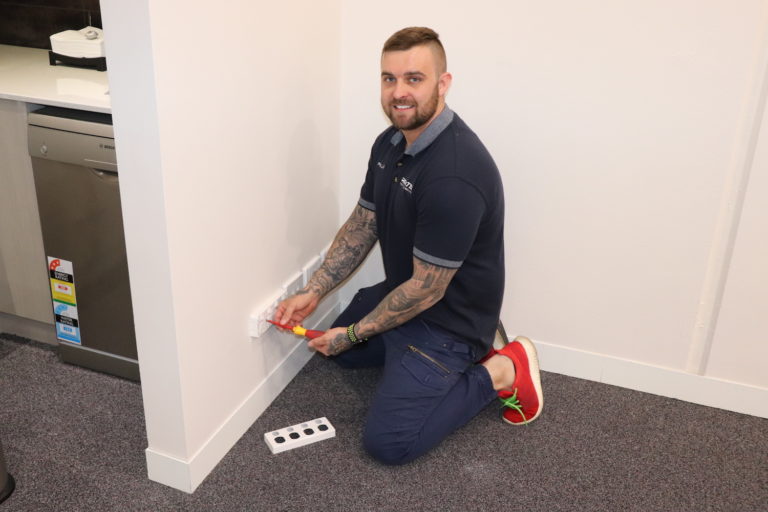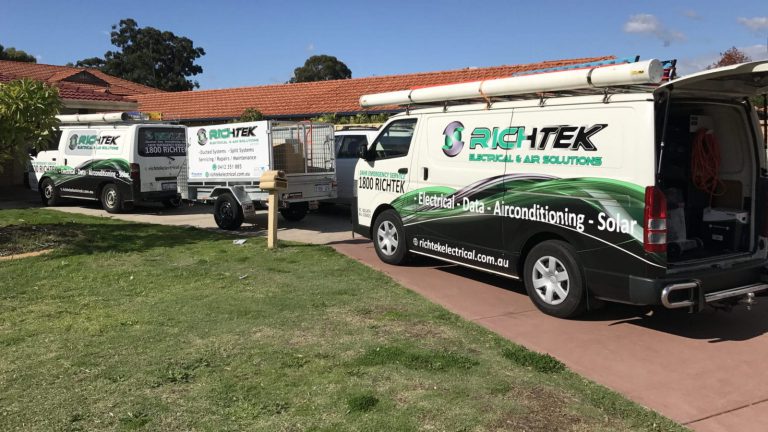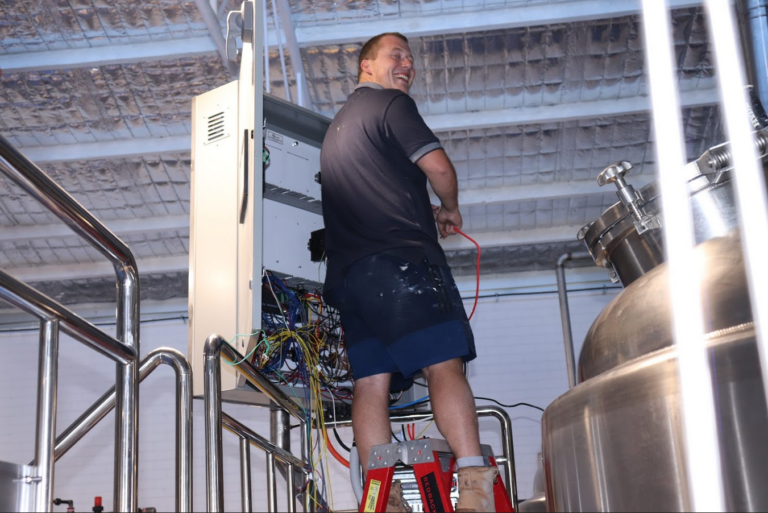
It’s only natural to stress out slightly when you open the mailbox to see a new electricity bill inside. This stressing out can easily develops into a full-blown panic in the winter and summer months when electric usage is at its peak. It doesn’t matter what climate you live in, you probably spend quite a bit on heating and cooling your home. Numbers would suggest that up to 40% of total electricity costs come from this necessary task alone. Making matters worse, without proper insulation in your home you’re probably losing around 50% of the heated or cooled air you pay to pump into your home. This can be extremely frustrating, not to mention expensive. What can you do to fight back?
Heating Options To Consider This Winter
There are a few things you might want to take care of before we get started. If your home is losing energy, you first need to find a way to prevent this.
- Insulation: You can alleviate some of these problems by having new insulation put in. If you’ve got a house benefiting from plenty of sunlight, you should consider insulating the ceilings and floors in addition to the walls
- Shades: Consider having shades installed to help filter out some of the sunlight that is heating your home
- Draughts: To draught-proof your home, make sure you seal the draughts around all windows and doors
You might have just accepted that having high electricity bills are unavoidable. It’s far more likely, though, that you have wondered if you have any options to combat this soaring cost. The good news is, there’s plenty you can do. Let’s take a look at some other heating options available to you, as well as the benefits and drawbacks of each of these options.
1) Central Heating
A central heating system uses a primary heating appliance like a furnace, boiler or heat pump. Depending on where you live, some heating appliances use gas as fuel, some use oil, and others rely on a hybrid of oil and gas. Your heating appliance uses combustion to create hot gasses, and it passes these gases through a heat exchanger. Air from your home is drawn into the heat exchanger so it can be warmed up, and is then belched out through a system of ducts or pipes with the warmed air forced out through vents into your home. There are many benefits to using central air, but there are also inevitably a few downsides.
Benefits
- Heating the home quickly and evenly, central heating systems are extremely convenient
- This type of system is relatively inexpensive to install, and repairs and replacements are also fairly affordable
- You have plenty of control with a central heating system, as you can determine which rooms receive heat. This can help you spend less on energy bills by not heating unused spaces.
- Central heating systems can often serve double duty as central cooling systems as well, saving you even more money
Drawbacks
- While working hard to keep all of the rooms in your home warm, central heating systems burn through a lot of energy. This can increase costs so be aware
- Central heating systems have a reputation of being quite noisy because you can hear the air blowing throughout the system of ducts
- Central heating systems allow allergens to travel through and be blown about the house. This is no good for any allergy sufferers in your home
2) Gas Space Heaters
A gas heater utilizes gas to produce heat for your home. In the intake duct of the heater, gas enters and meets the flame.
This flame creates heat that flows through a series of tubes inside the heater. Cool air from the room is drawn into the
heater and flows over the heated tubes where it’s heated. In a portable gas heater, this warm air then passes through a heat
exchanger and a fan then blows this heated air out into the room. If a permanently installed gas heater is used, the heated
air moves through the heat exchanger and is forced out into the home through vents. Gas space heaters can burn different
types of gas, but the most commonly used is natural gas.
Benefits
- Most gas heaters use natural gas which is quite budget-friendly
- Natural gas is also clean-burning
- Great at providing a warm heat, gas space heaters are a smart way to supplement an existing heating system
- Many options to choose from like radiant or convection, flued or unflued, and portable or fixed
Drawbacks
- While they provide plenty of warmth, they are often not good at providing enough heat on their own. You really need multiple gas space heaters, or to make sure you can move the one you have around the house if it’s portable
- Any type of can be combustible which is obviously a fire hazard. This type of heater must be used in a well-ventilated area and shouldn’t be left unsupervised
- Need to be serviced regularly (every 2 years) by a licensed gas fitter, adding to the cost
3) Electric Heaters
Electrical heaters work by converting electrical current into heat. Electrical energy flows through the wires of the heater and this electrical energy is converted into thermal energy. Air is drawn from your home and flows across these heated elements and is then forced out into your home to warm it. There are 3 main types of wires used in electrical heaters:
- Open wire
- Open ribbon
- Tubular cased wire
All wires must be encased in a material that prevents users from experiencing electric shock. Make sure your electrical heating unit has safeguards such as a wire grill to keep the wires from being touched and an automatic shutoff in case of overheating. Here’s a snapshot of the pros and cons of choosing electric heaters to heat up your home.
Benefits
- Electrical installation of electric heaters is generally simple, as no pipework or flues need to be installed. This also allows them to be placed anywhere within a room
- Because electrical heating uses no fuel to create heat, there are no risks of explosions or carbon monoxide poisoning
- With no moving parts that can break down or wear out, electrical heating is a reliable method of heating and should last the distance
- Electrical heating leaves almost no ecological footprint, meaning it’s a very green method of heating your home as well as economical
- Many types to choose from including permanent electrical installation heaters, portable heaters, radiant electrical heaters, electrical fan heaters, split system heaters and convection heaters
- Electric heaters tend to heat up quickly, allowing you to be warm and cozy much sooner
Drawbacks
- As electrical heating systems use electricity to create the heat necessary to warm the home, they can raise your electricity bill
- Electrical heating systems should really not be used in wet areas due to the risk of electrical shock. This means you shouldn’t use them in a kitchen or bathroom meaning you’ll be freezing when you step out of the shower
- If the electricity goes out due to a snowstorm, you’ll be left in the cold. With no electricity, your electrical heating system will evidently be unable to function
- If using a portable electric heater, they really only work well alongside another heating system. They’re too small to heat entire rooms or whole homes, which means you’ll need to move it around the house with you
4) Wood Heaters
The atmosphere created by a fire blazing in the fireplace on a cold winter evening is tough to beat. It’s not just cozy but the flames are entrancing! In addition to fireplaces, there are also wood burning stoves and pellet stoves. It doesn’t much matter which type of wood heating we are discussing, all wood heating methods work by burning wood products in order to create heat. Some of this wood is sources from fallen trees, some comes from the store, and some comes in the form of specially created pellets that are fed into a special stove. All wood heating methods require work on your part to get them operating and to keep them heating your home. There are some benefits and some drawbacks to using this method of heating your home, so let’s double down on those now before we wrap up.
Benefits
- Many Australian homes already have open fireplaces, so there’s no need to install anything new
- Wood is a sustainable resource, making burning wood for heat an environmentally friendly option
- Wood is cheaper than gas or electricity, so you’ll naturally cut your heating costs
- If the electricity goes out, you still have a way to keep your family warm
- If necessary (or perhaps just for fun), you can use the fireplace for cooking
- Ambiance cannot be recreated with any other method of heating
Drawbacks
- 90% of the heat created in an open fireplace is lost through the chimney
- Fire is dangerous and must be continually supervised
- If you use a system that must be replenished outside the home (like some pellet stoves), you have to go out in the cold to feed wood to the fire so your home stays warm
- The soot from burning wood is messy, gets everywhere and is hard to clean
- You must have your chimney cleaned and inspected for safety, otherwise you risk poisoning
Final Word
As you can see, there are many different methods of heating your home and staying warm this winter, each with their own benefits and drawbacks. If you need help determining which is best for you and your home, give us a call and we’ll be only too happy to help!















